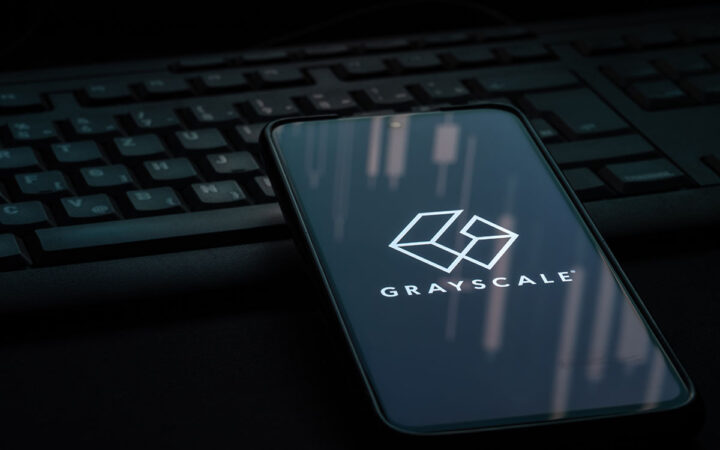
Please check out latest news, expert comments and industry insights from Coinspeaker's contributors.
Just like Ethereum is home to many decentralized apps, Polkadot is the underlying platform for an increasing number of projects that aim to use all the benefits of processes such as sharding and features such as parachains.

Ethereum revolutionized how we view and use blockchain technology, as it offered a way to utilize smart contracts and harness blockchain’s power for things other than cryptocurrencies. However, it was just one in the sea of different blockchains that had no communication with each other. Therefore, Ethereum remained a relatively closed system.
Enter Polkadot. Many projects have challenged Ethereum, but none of them had an impact as massive as Polkadot, designed with Ethereum’s drawbacks in mind – mainly those concerning blockchain interoperability (or the lack of it, to be precise). Let’s dig deeper into this topic.
Another reason that made Polkadot stand out from the pack is the team behind it. One name might already be familiar to you – Gavin Wood, Ethereum’s co-founder. In a way, Wood understood Ethereum’s drawbacks and kept them in mind while founding Polkadot, thus becoming one of the most popular names in the industry.
Here are some of the main functionalities that make Polkadot a unicorn in the blockchain sphere.
Polkadot’s breakthrough technology comes in the form of parachains – parallelizable chains. Essentially, they are similar to blockchains, except for their simplicity. The essential thing is that these chains’ security is “borrowed” from the relay chain.
In other words, the relay chain provides security and guarantees secure passing of messages between all parachains attached to it. That way, there’s no need to build separate security systems for each chain. Yet, each chain gets to have its own data availability and validity schemes, making them identical to blockchains in this regard. Most importantly, every parachain has clear boundaries, and many parachains can be executed simultaneously without colliding, as explained in Polkadot’s Medium post.
It’s difficult to explain what sharding is without getting too technical, but we’ll try.
Polkadot has the relay chain, the “master” chain for all other parachains. Like in other decentralized systems, each transaction happening on those parachains needs to be approved by a validator which will author a new block.
In a classic blockchain, validators have to validate every single transaction. However, the validating work gets distributed in Polkadot, leaving each validator to focus on a set of parachains rather than all of them. In this context, parachains are referred to as shards. And sharding is simply distributing the work to validators, all with the idea to increase throughout.
Just like Ethereum is home to many decentralized apps, Polkadot is the underlying platform for an increasing number of projects that aim to use all the benefits of processes such as sharding and features such as parachains. Mind you, many of these projects are still not officially connected as parachains to Polkadot. However, they will become at one point in the future, given that Polkadot is still developing its parachains.
So, let’s check some of them out and see what makes them stand out from the pack.
On one side, we have Ethereum, this groundbreaking platform using blockchain and all its capabilities but remaining a relatively closed system. On the other hand, there’s Polkadot, an emerging platform that aims to make the dream of Web 3.0 a reality. It’s no secret that the latter has huge potential, with many crypto enthusiasts believing it could overtake Ethereum in the future, thanks to the unique features, such as parachains and sharding.
Disclaimer: Coinspeaker is committed to providing unbiased and transparent reporting. This article aims to deliver accurate and timely information but should not be taken as financial or investment advice. Since market conditions can change rapidly, we encourage you to verify information on your own and consult with a professional before making any decisions based on this content.

Please check out latest news, expert comments and industry insights from Coinspeaker's contributors.




